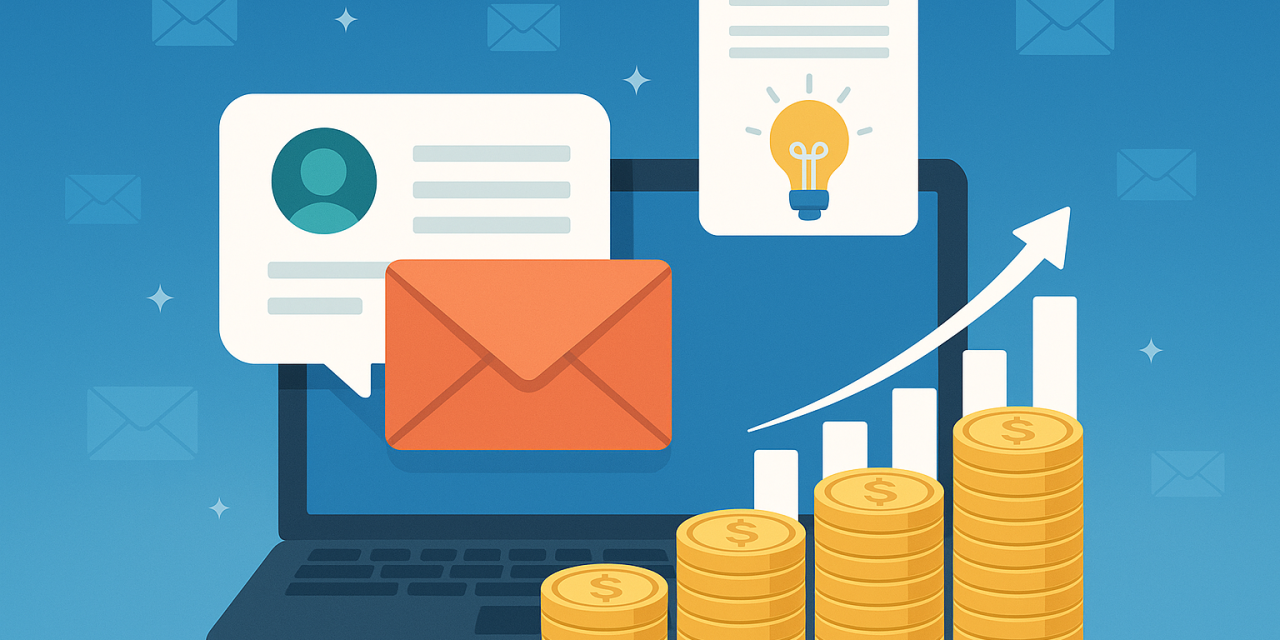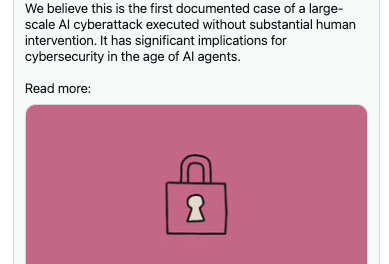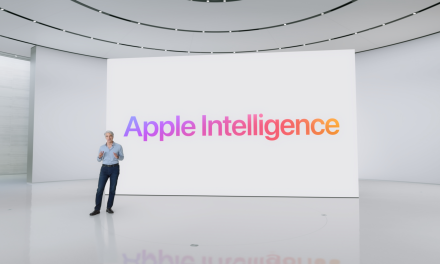[[{“value”:”
Hey peeps Rui and Luis here for another AI tutorial.
By 2025, AI isn’t optional in email marketing → it’s standard.
📊 88% of marketers now use AI daily.
🔥 51% say their AI-powered emails perform better than traditional ones.
Today, we’ll give you 7 battle-tested ChatGPT prompts you can copy-paste to make your emails more clickable, persuasive, and profitable.
🎯 Goal
Use AI-powered email prompts to move from generic “ignored” emails to highly personalized, conversion-driven messages that generate sales.
🛠️ The 7 Advanced Email Prompts
These prompts go way beyond generic text generation. These are battle-tested conversion frameworks, designed to hook attention, stir emotion, build trust, and get clicks.
Each one is built for a different scenario → from sparking curiosity to re-engaging cold subscribers, so no matter what stage your audience is in, you’ll have the right tool to move them closer to a sale.
Plug them in, tailor the details to your product and audience, and watch your emails go from ignored to irresistible.
1. The Curiosity Hook
Why this works: Humans are wired to seek answers to unanswered questions. A subject line or opener that teases something unexpected creates a “curiosity gap” that almost forces the reader to open your email.
#role
You are a senior email copywriter specializing in high-converting subject lines and cold opens.
#tasks
- Write a short email (<200 words) that starts with a curiosity-driven statement.
- Generate 5 subject line variations optimized for open rates.
- Ensure the body builds anticipation but withholds just enough detail.
- Close with a CTA that promises the “missing piece.”
#context
Product: [insert product/service]
Audience: [describe audience, e.g. SaaS founders saving time]
Goal: [book a demo / download a resource / reply]
#examples
Curiosity hooks like:
- “The one mistake 90% of [audience] still make”
- “Why your best customers might be ignoring you”
#format
1. Subject line variations (5)
2. Email body (1 version, <200 words)
3. Call-to-action line
#tone
Intriguing, professional, and slightly playful.2. The Pain Agitator
Why this works: People act faster to avoid pain than to seek pleasure. By vividly describing their struggle, and then showing relief through your product you trigger urgency and motivation.
#role
You are a persuasive B2B copywriter skilled in problem-solution frameworks.
#tasks
- Identify a primary pain point for [audience].
- Amplify the discomfort with vivid, emotional language.
- Present as the solution.
- End with a crystal-clear CTA.
#context
Audience: [e.g. HR managers drowning in admin tasks]
Pain point: [manual processes waste hours]
Solution: [your automation tool]
#examples
Pain openers:
- “Still wasting 8 hours a week on something software could do in 10 minutes?”
- “The #1 cause of churn isn’t what you think — it’s worse.”
#format
1. Subject line options (3)
2. Email body (1 version, 150–200 words)
3. CTA sentence
#tone
Empathetic but urgent, painting a vivid “before and after.” 3. The Storyteller
Why this works: Stories activate more areas of the brain than facts. A relatable mini-narrative makes your product feel real, emotional, and memorable, not just another sales pitch.
“}]] Read More in The AI Break






